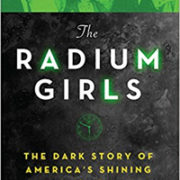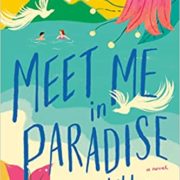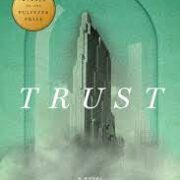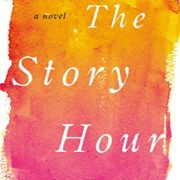Hester: A Novel by Laurie Lico Albanese
Set in Salem, Massachusetts in the early 1800s, Hester by Laurie Lico Albanese imagines the inspiration behind Nathaniel Hawthorne’s The Scarlet Letter. Hester is told from the point of view of Isobel, a woman that the novel suggests inspired Hester Prynne.
Isobel Gamble is a 19 year old skilled seamstress who lives in Edinburgh, Scotland when she marries Edward. Their marriage is more out of convenience, rather than a romantic match, and Isobel’s inheritance isn’t bad for Edward, either. Edward works as an apothecary but has fallen under the spell of opium. Because of this soon after Isobel and Edward marry they leave Scotland due to Edward’s growing debt. Their destination: Salem, Massachusetts.
The Salem depicted in Hester is bustling and full of secrets, the witch trials of its past still whispered about. Isobel is an outsider in Salem, both enthralled and trepidatious of their new home, while Edward throws himself into his apothecary business and soliciting investments from men around town. Only a few days after their arrival Edward announces to Isobel that he has been employed by a ship as a doctor and is setting sail, unsure of when he’ll return. While Isobel seems frustrated by her circumstances, she isn’t necessarily sad to see Edward leave.
Alone with little money Isobel begins work in a dress shop, utilizing her sewing skills to survive. In addition to her financial trouble Isobel knows no one. She begins an attempt to make a place for herself, dutifully reporting to work, attempting to get to know her neighbors and the other outcast women of the town, until one day she meets Mr. Nathaniel Hawthorne (yes, THE Nathaniel Hawthorne).
The two have an instant connection. Nathaniel, or Nat as Isobel calls him, is only a few years older than Isobel. He is handsome, mysterious, and troubled by the role his family played in the witch trials of Salem’s past. All he wants to do is write, but family obligations hold him back. Nat seems to be drawn to Isobel’s uniqueness and beauty, and lower social standing. But Isobel is mysterious too, as she is hiding a family secret. Women in her family, Isobel included, see colors when they see letters. When Isobel sees the letter A she sees the color scarlet (now why does that sound familiar…). Modern times would explain this as a biological neurodevelopment called synaesthesia, but in 1800s Salem this would be seen as witchcraft (Isobel herself wonders if she has powers). Isobel has told no one but the reader of her condition.
As weeks pass Edward’s return from sea becomes more and more unlikely, and Isobel and Nat’s connection becomes harder and harder to ignore. As you might have already guessed, Isobel and Nat begin an affair. The two hide it the best they can, staying away from one another in public and only seeing each other at night. Isobel is Nat’s muse and Nat is the only one Isobel can truly be herself with. As Isobel finds herself falling in love with Nat, she reveals the truth of her synaesthesia. But Nat’s moods change like the wind and Isobel is unsure of where they stand. Isobel must decide if her future includes Nat, Edward, or simply, herself.
I thought that the imagining of potential inspiration for Hawthorne’s most well known novel was intriguing to think about and a cool concept for a novel. The research evident in Hester is compelling, depicting historical Salem, witch trials, representations of marginalized peoples and women that were seen as “unusual” (Isobel falls into this category). A little mystery, a little romance, and a lot of history, Hester is a good read for anyone interested in historical fiction standalones that are tied to classic literature.
Find in catalog
Review by Sarah Turner-Hill, Adult Programming Coordinator











